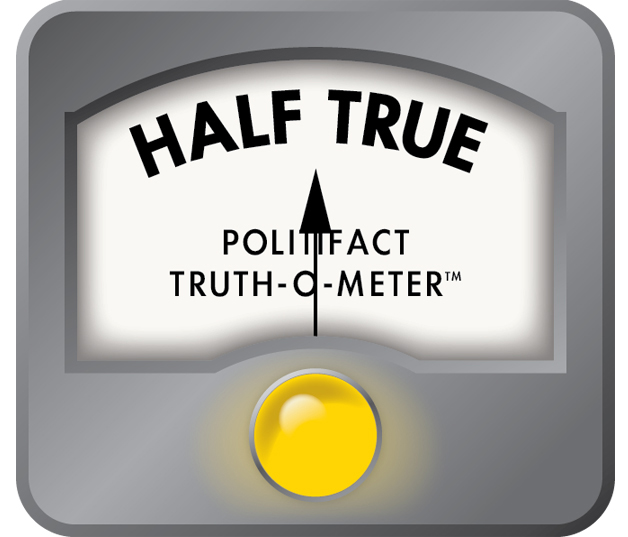Stand up for the facts!
Our only agenda is to publish the truth so you can be an informed participant in democracy.
We need your help.
I would like to contribute

Assemblyman Kevin Cahill, D-Kingston, claimed abortion was at an all-time low in the U.S. (Courtesy: NYS Assembly)
Is abortion at an all-time low in the United States?
Assemblyman Kevin Cahill, D-Kingston, said abortions are less common now than ever before in the U.S.
Cahill claimed the number of abortions has decreased to the lowest point in history four decades after the Supreme Court decision in Roe v. Wade.
"After the right was expanded, there was a rise in the number of abortions," Cahill said in a radio interview. "But that number has subsided tremendously. It is at an all time legal low."
Most Democrats in the state legislature, Cahill included, support a bill that would guarantee access to abortion services in New York state if the Supreme Court overturns the landmark decision.
Cahill believes having that access would keep the number of abortions low in New York state. But is he right that there are fewer abortions now than ever in the U.S.?
Sign up for PolitiFact texts
Abortion was not universally legal in the U.S. until the Supreme Court decision in 1973. Earlier national data on legal abortions does not exist, and the number of illegal abortions performed before the decision is impossible to know.
Cahill was talking about the number of abortions in the U.S. in his claim, according to his office.
Two organizations have statistics on abortion that date back to 1973: The U.S. Centers for Disease Control and the Guttmacher Institute, a reproductive health policy and research organization.
Data from the Guttmacher Institute is considered more comprehensive than CDC data. The CDC relies on numbers reported from states while the Guttmacher Institute does its own census of known abortion providers in every state.
There were 744,610 abortions in the U.S. in 1973, according to the Guttmacher Institute.
Cahill’s right that the number of legal abortions increased immediately after Roe v. Wade. The Guttmacher data shows the number peaked in 1988, when 1,590,750 abortions were recorded.
That number has since decreased, aside from two small increases in 1996 and 2008. The Guttmacher data does not show each year’s count, instead tracking it every two to three years.
The number of abortions decreased to 926,190 in 2014, the latest reporting period. That’s still higher than when the institute starting tracking the data in 1973.
Featured Fact-check
Measured another way -- abortions per capita -- the rate is at an all-time low. There were about 54 million more women living in the U.S. in 2014 than in 1973, according to the U.S. Census Bureau.
In 1973, there were 16.3 abortions for every 1,000 women, and the 29.3 rate in 1980 remains an all-time high. There were 14.6 abortions for every 1,000 women in 2014, according to the Guttmacher Institute.
In New York state, both the count and the rate fell to an all-time low in 2013 before increasing slightly in 2014.
There were 119,940 abortions in New York state in 2014, compared with 212,700 in 1973. The rate has decreased from 54.5 abortions for every 1,000 women in 1973 to 29.6 in 2014.
Cahill said abortion "is at an all time legal low."
That's true if you consider the rate. The 14.6 abortions for every 1,000 women in 2014 is an all-time low.
But his statement is false when counting the number. The number of abortions has gone down since its peak in 1988, but has not dropped below the 1973 count.
The statement is partially accurate. We rate it Half True.
Our Sources
Capitol Pressroom Interview with Asm. Kevin Cahill, Oct. 11, 2017
The Reproductive Health Act (2017), New York State Senate, sponsored by Sen. Liz Krueger
Email and phone conversation with press staff from Asm. Kevin Cahill’s office
Data on the number and rate of abortions obtained from the Guttmacher Institute
Data on population obtained used American FactFinder from the U.S. Census Bureau, and the bureau’s 1974 population report
Browse the Truth-O-Meter
More by Dan Clark
Is abortion at an all-time low in the United States?
Support independent fact-checking.
Become a member!
In a world of wild talk and fake news, help us stand up for the facts.









 PolitiFact Rating:
PolitiFact Rating: 











































